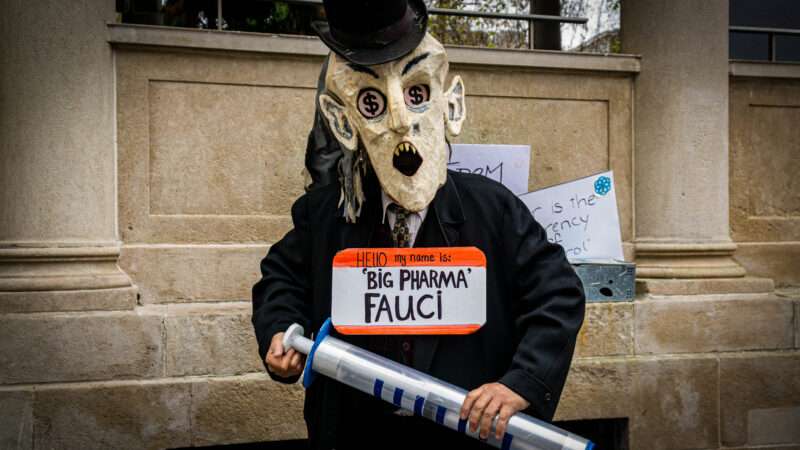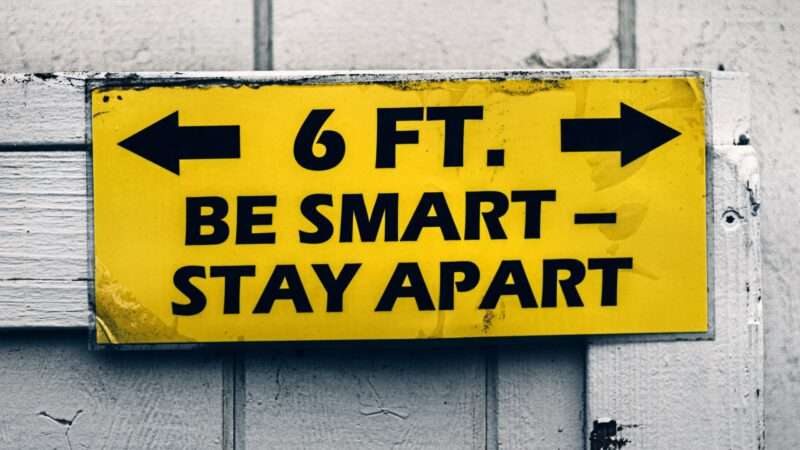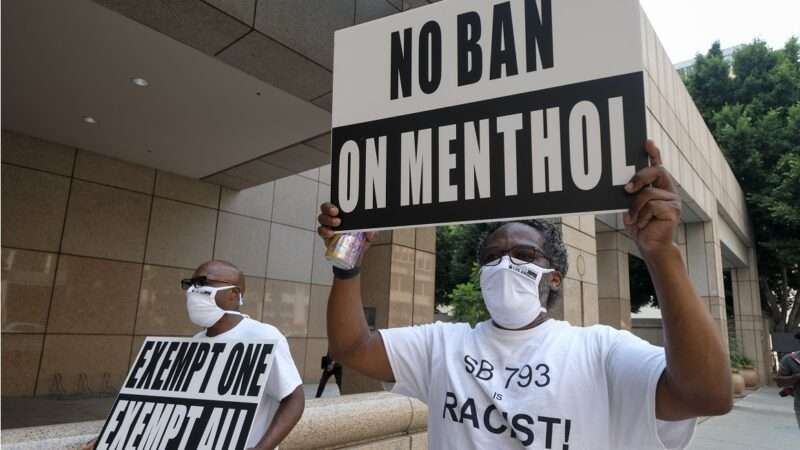It’s at 49 Capital University Law Review 1, and you can read it here. A short excerpt that captures the heart of our affirmative argument:
The question of how legal discussions should deal with fact patterns that include epithets is not, of course, original to law schools. Rather, it has long arisen in the profession for which law schools train their students. We might, then, ask: How do lawyers and judges deal with this question?
The answer, it turns out, is that they routinely quote the epithets literally and precisely, without euphemisms or expurgation. A Westlaw query for nigger & date(aft 1/1/2000) finds over 9,500 Westlaw-accessible opinions (including cases, trial court orders, and administrative decisions). And that does not include the nearly 5,000 such opinions from before 2000, plus whatever is present in the vast set of trial court orders that don’t appear on Westlaw. A search for (nigga niggaz) & date(aft 1/1/2000) finds over 2,300 opinions. A similar search for “fag” yields over 3,000 references, though a few of those are false positives.
Nor is this a reflection of some special callousness towards these two epithets; courts also accurately quote other epithets. To give just one illustration, the word “cunt” appears in over 1,500 Westlaw-accessible opinions, over 3,500 appellate briefs and trial court filings, and over 650 law review articles. Unsurprisingly, these documents are written by both male and female authors; just to take as a sample the dozen most recent authored federal appellate opinions containing this word, five were written by women and seven by men—not far removed from the general female/male ratio on the federal appellate bench.
This is not a sign, we think, that judges are generally vulgar or sexist. We expect many of them would never use the word as an epithet themselves, orally or in writing; but when the word is part of the record, they quote it. They insist on accuracy and directness much more than do newspapers: searching through Lexis’s Major U.S. Newspapers database (which archives articles in 48 major newspapers) reveals exactly one quotation of “cunt,” in a 2009 article from the music calendar section of the San Antonio Express News, as part of the name of a “hardcore death metal band.”
We see the same for other vulgarisms of the sort that newspapers view as “unprintable.” Consider this for comparison: the word “motherfucker” and its variants have never appeared in the print editions of 38 out of the 48 major United States newspapers; in the remaining ten, it appeared only sixteen times put together. But it has appeared in over 10,000 Westlaw-accessible opinions, including six from the United States Supreme Court (dating back to 1974) and over 500 from federal appellate courts. Judges seem to value direct and accurate quoting. [Further details omitted. -EV] …
These are serious, thoughtful judges, many of them liberal luminaries. It is worth considering that they might have made a sound decision in quoting the words fully and accurately.
Now the judges rarely explain why they made such a decision, but we think we can plausibly infer two things:
1. They likely concluded that, in legal matters, direct and accurate reporting of the facts is a key facet of rendering justice, even when an expurgated version or an indirect description would convey much the same information. Thus, for instance, … People in Interest of R.D. (Colo. 2020) notes, “We reluctantly reproduce this racial slur and other pejorative terms from the record to give an uncensored account of the facts.” … And from a 2015 Rhode Island Supreme Court case:
We note that, in the testimony of both troopers, the various epithets allegedly uttered by defendant on the night of his arrest were transcribed without redaction. We have chosen to reproduce their testimony in this opinion in a similarly unbowdlerized fashion because what defendant is alleged to have actually said is so central to the issues on appeal. Unfortunately, many of the words in question are likely to cause real offense to some readers, but we are convinced that an unflinching examination of defendant’s speech is critical to a just analysis of his arguments.
2. The judges also appear to adopt the use-mention distinction …. Though they doubtless think that using an epithet as an insult is wrong, they apparently see it as quite proper to mention it as a fact from the record or in a quote from a precedent (and see it as no serious burden on their audience).
This is well-established as to vulgarities: Though “courts condemn counsel’s use of profanity in the courtroom,” “courts generally find it permissible for a prosecutor to repeat profanity in argument when the profanity is part of the evidence presented at trial.” Similarly, consider In the Matter of Cullins, where the Kansas Supreme Court suspended a trial judge for using vulgarities and epithets—”fuck,” “bitch,” and “cunt”—and in the process itself quoted the words forty-four, nine, and nine times, respectively, indeed without apologizing for or even remarking on its quotations. The court was apparently drawing a sharp line between a judge saying offensive things, which it was punishing, and a judge quoting the words in discussing the facts of the case.
And courts follow the same pattern as to racial slurs. To give one example, consider this sentence from a 2020 [Ninth Circuit] opinion …: “We have considerable difficulty accepting … that, at this time in our history, people who use the word ‘nigger’ are not racially biased.” Surely that’s right, but surely the judges did not think this makes them racially biased for including the word, or for quoting it six other times in the opinion. Rather, the judges are again distinguishing mentioning the word (which they apparently view as quite proper) from using it (which they recognize is strong evidence of racial bias).
Naturally, this is just part of the argument (the article is 65 pages long, with lots of further analysis and evidence); other parts deal, among other things, with counterarguments, such as proposed distinctions between written and oral references, proposed distinctions between the classroom and the courtroom, claims about trauma, and more. I hope our readers find it interesting.
from Latest – Reason.com https://ift.tt/2S1skXr
via IFTTT


